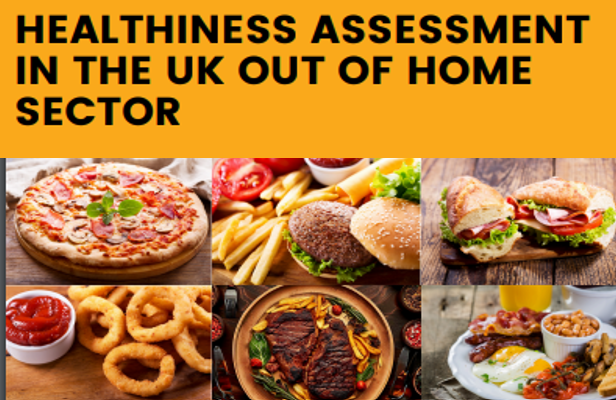Guidelines to improve healthiness in out of home food sector products
A study examining provision of nutritional information at point of choice in the out of home (OOH) food sector makes recommendations to guide international policy in improving healthiness in OOH food environments.

Results from the study reveal the dominance of unhealthy food and drink among best-selling products, finding that only 3 of 20 leading OOH companies in the UK publicly disclosed product nutritional information.
Researchers used a subset of healthiness assessment approaches from government-endorsed nutrient profile models, and metrics based on stakeholder consultations, to classify best-selling menu items from 19 of the largest OOH companies in the UK as either ‘healthier’ or ‘less healthy’. Workshops were carried out with nongovernmental organisation representatives, experts, and key opinion leaders to inform the research and build consensus on a set of recommended features for OOH healthiness assessment. From stakeholder input, a composite score and several sets of absolute cut-offs for calories and/or nutrients of concern (eg. total fat, saturated fat, total sugars, salt) were developed. The proportion of ‘healthier’ items across all best-selling products analysed (n=190) ranged from 22-54%, depending on the approach used. In general, using the composite score alone resulted in a more lenient assessment, and thus a greater share of ‘healthier’ menu items. Using absolute cut-offs for calories and/or nutrients of concern consistently resulted in more stringent assessments, and thus smaller proportions of menu items being considered ‘healthier’.
From the data, and consultations with industry stakeholders, researchers derive a set of features for a robust approach to assessing product healthiness in the OOH sector that is applicable in any country. They make three strategy recommendations:
- to improve nutrition data availability and accessibility
- to develop a standardised measure of healthiness taking account of portion size
- to implement mandatory reporting programmes
This study was led by Monique Tan (WIPH Centre for Public Health and Policy, Unit for Research and Action on Salt and Obesity) and funded by ShareAction.